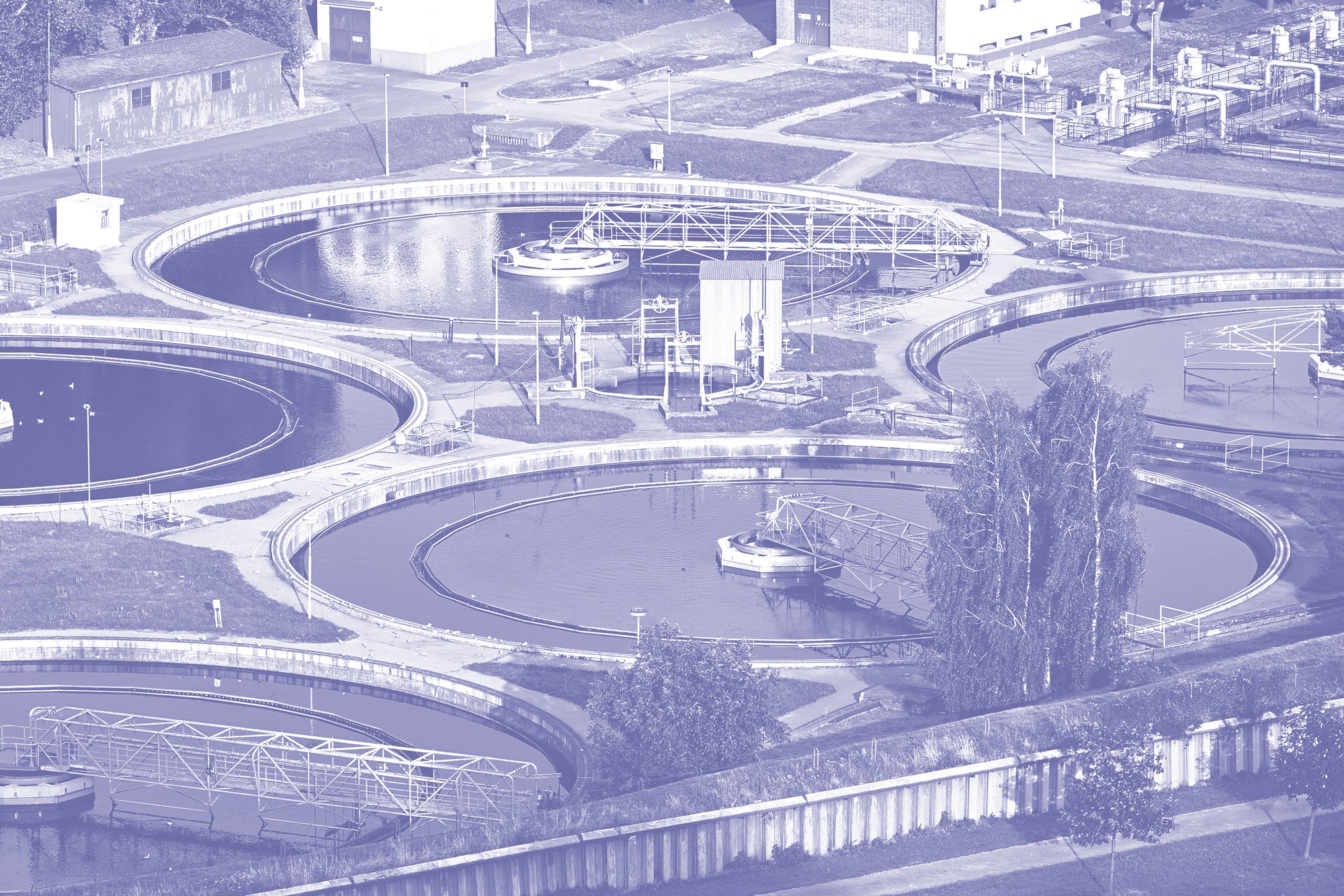Skin Sanitization
Contaminated public surfaces or high-touch surfaces that are not cleaned periodically including, but not limited to, doorknobs, railings, gas pumps, elevator buttons, and keypads, typically harbor a variety of microbes and potentially pathogenic material. These are some of the dirtiest common surfaces and some of the fastest ways viruses and bacteria are transmitted. While it may not be possible to always avoid high-touch surfaces, it is important to maintain hygienic practices, especially during the COVID-19 pandemic, to prevent the spread of illness. Using chlorine dioxide for skin sanitization can help to eliminate any harmful pathogens that may have transferred onto the skin or other areas of the body when access to a washing station is limited.

Dosing
How to dose Newgyne for your needs
For swimming pool treatment, we suggest a maintenance dosage of 0.1 - 0.2 ppm once a week. You can dose 100ml of 12,000 ppm (0.12 ppm) or 400ml of a 3,000-stock solution per 10,000 liter or 2,600 gal of water.
For first-time use, we recommend a dosage of 0.1-0.15 ppm once every other day for 5 times in succession due to the high level of bacteria and dissolved organic matters (DOM) in the water. You can dose 100ml of 12,000 ppm (i.e., 0.12 ppm) or 400ml of 3,000 ppm stock solution per 10,000 liter or 2,600-gal water. Afterward, we recommend a maintenance dosage of 0.01-0.04 ppm once a week. You can dose 10ml - 30ml of 12,000 ppm (i.e., 0.012 – 0.036 ppm) or 40ml - 120 ml of 3,000 ppm stock solution per 10,000 liter or 2,600 gal of water.
Drinking Water
Dating back to 1994, chlorine dioxide's use for potable water has since been widely accepted as a versatile, effective, and more environmentally friendly disinfecting alternative for various large-scale commercial applications. Pre- and post-oxidation chlorine dioxide disinfection helps to produce clean water with low turbidity, a standard measurement for water quality, through pre-oxidation treatment to remove algae, bacteria, etc. and post-oxidation treatment to remove inorganic components, like manganese and iron, pathogens (including chlorine-resistant pathogens), like Giardia and Cryptosporidium, and to reduce and prevent the production of trihalomethanes (THMs) and haloacetic acids (HAA) that are not safe for consumption. It also functions as a water deodorizer and taste remover with a residual effect, meaning that, where other disinfectants like Ozone allow for the regrowth of bacteria and biofilm once it self-decomposes, chlorine dioxide remains active and, therefore, in effect, for longer periods of time. Because only a small dose of chlorine dioxide is necessary for effective potable water treatment, fewer by-products are produced.

Excess ammonia in the water, from naturally-occurring processes and/or chloramine disinfection which involves adding ammonia to chlorine, can result in water quality degradation and nitrification—the process of nitrogen compounds, primarily ammonia, oxidizing to nitrate and nitrite. Chlorine dioxide, unlike chlorine, does not react with ammonia but rather the ammonia and nitrogen oxidizing bacteria, and can, therefore, in low dosages, combat episodes of nitrification that, if not treated, can result in increased nitrate and nitrite levels, bacterial regrowth even after disinfection, and reduced pH, alkaline, dissolved oxygen, and chloramine residuals. In the chloramine secondary disinfectant process, chlorine dioxide’s selective chemistry, which creates by-products that also combat ammonia and nitrogen oxidizing bacteria, helps to maintain chloramine residual levels for microbial protection.

Spas, Hot Tubs, and other Public Water Structures
Swimming Pools
Using chlorine dioxide for swimming pool disinfection generates no harmful by-products and can protect swimmers from many diseases by killing pathogens including bacteria, viruses, and fungi in the water and stopping algae growth on the walls. For example, chlorine dioxide can prevent pink eye (conjunctivitis), the most common eye infection from swimming and often called “swimming pool conjunctivitis,” from spreading. It is ideal for eliminating cryptosporidium, a diarrhea-inducing parasite that can still exist even in properly chlorinated pools, and for reducing exposure to toxic nitrogenous (chloramines) or carcinogenic organic residuals (trihalomethanes) and HAAs. It also protects women from gynecologic diseases caused by different types of bacterial infections. Babies and those with sensitive skin similarly benefit from reduced irritation, especially when swimming in public pools.
Fish Ponds
Often used within aquaculture and commercial aquaria, fishponds, and fish tanks in pet stores, supermarkets, and restaurants, chlorine dioxide water purification helps maintain high water quality and keep fish healthy and active by removing negative water components and preventing disease. The more powerful the oxidant, the more harmful it is for living organisms. With chlorine dioxide's low oxidation power (above oxygen but far below ozone), combined with its high oxidation capacity and absence of harmful byproducts, it is safe and easy to use in aquaculture and can even increase oxygen content in water. Consistent application of low concentration chlorine dioxide will result in the following: less bacterial problems, less water odor, less biofilm and algae formation on walls and pipes, better water quality, and healthier fish development.

chlorine vs chlorine dioxide (typically in water treatment)
View the other industrial applications of chlorine dioxide
Extra, extra! Read all about it!
Scientific journals, articles, and more resources to check out regarding chlorine dioxide & the latest developments in CLO2 knowledge and research as well as current nationwide health updates:









